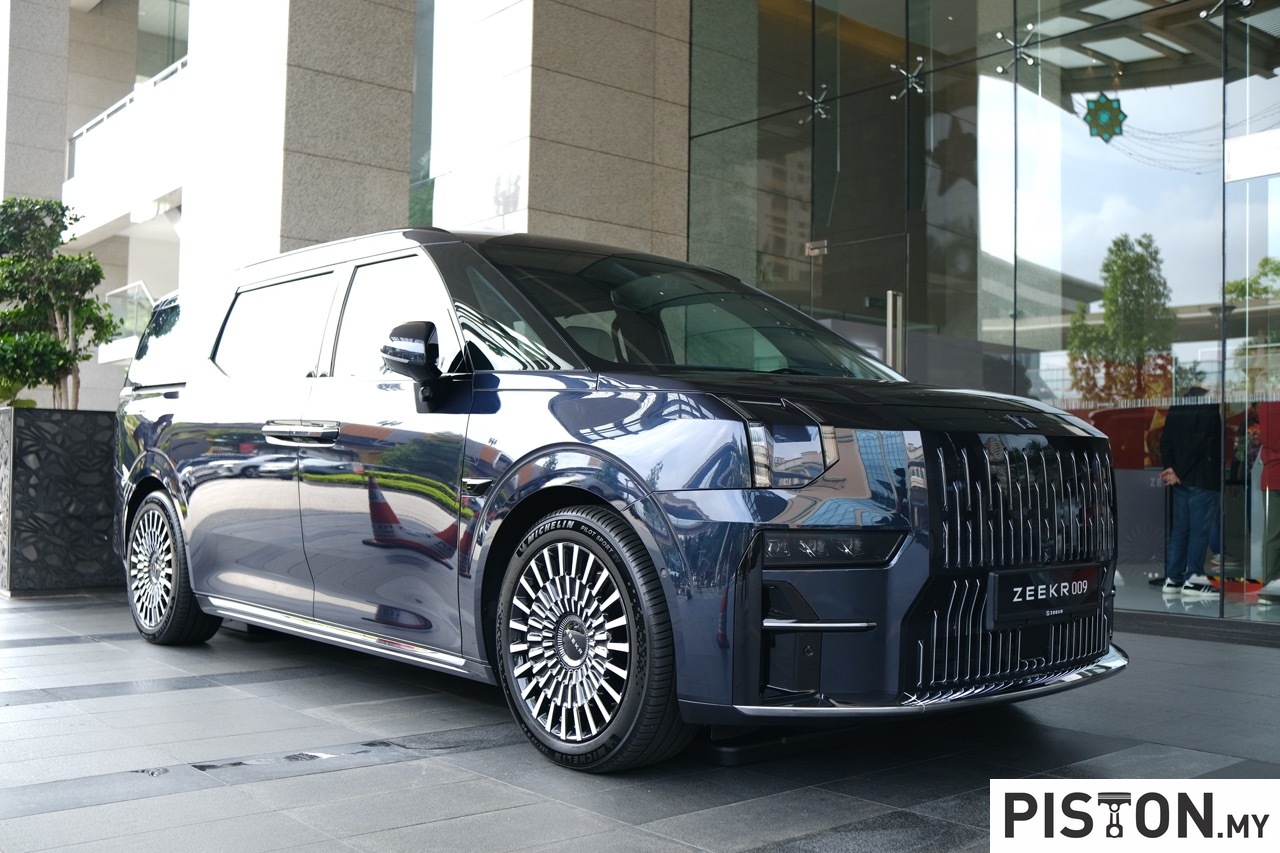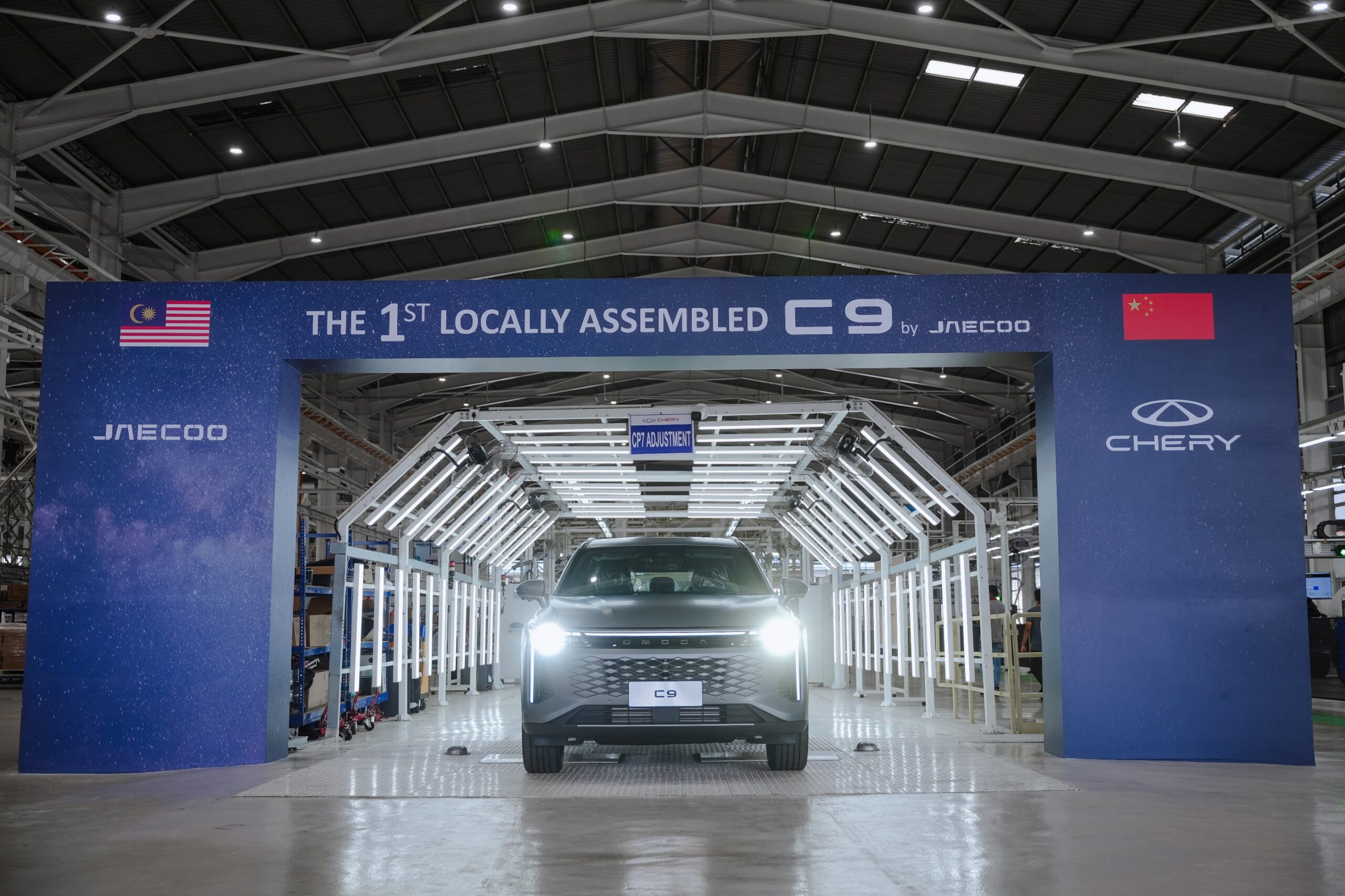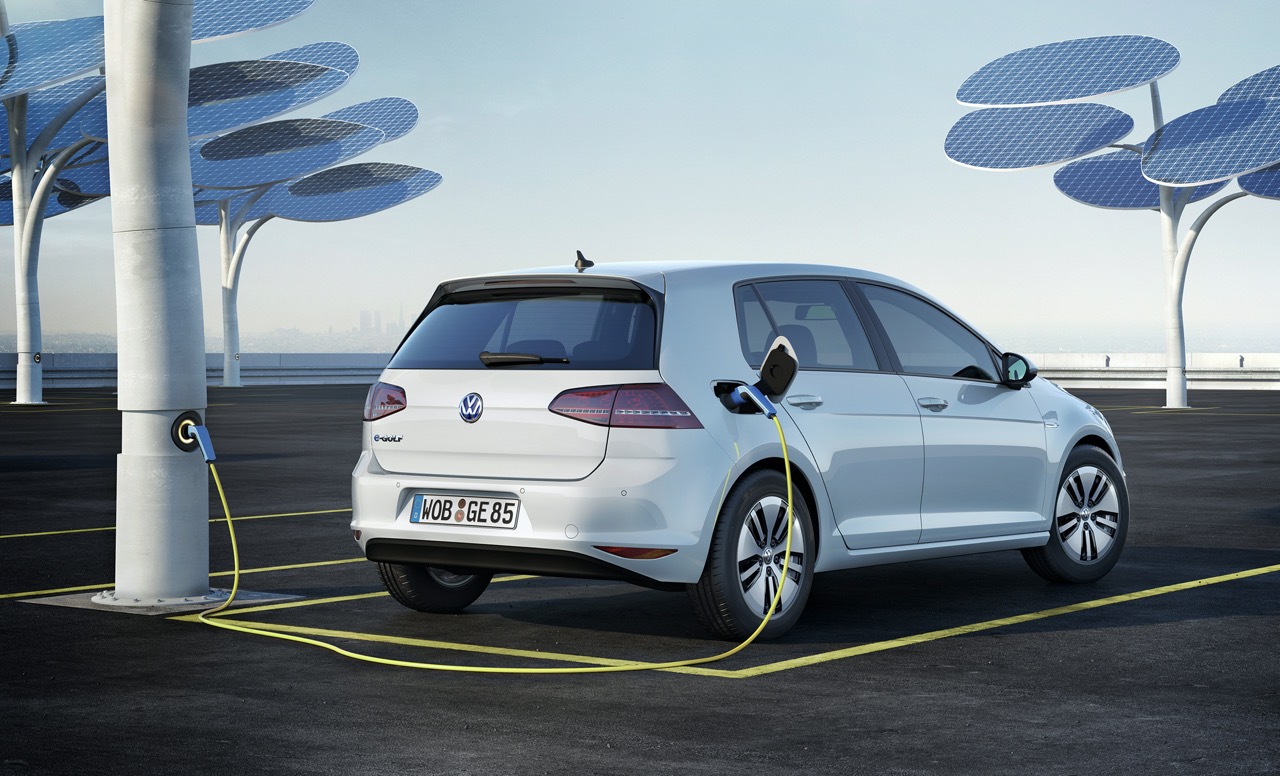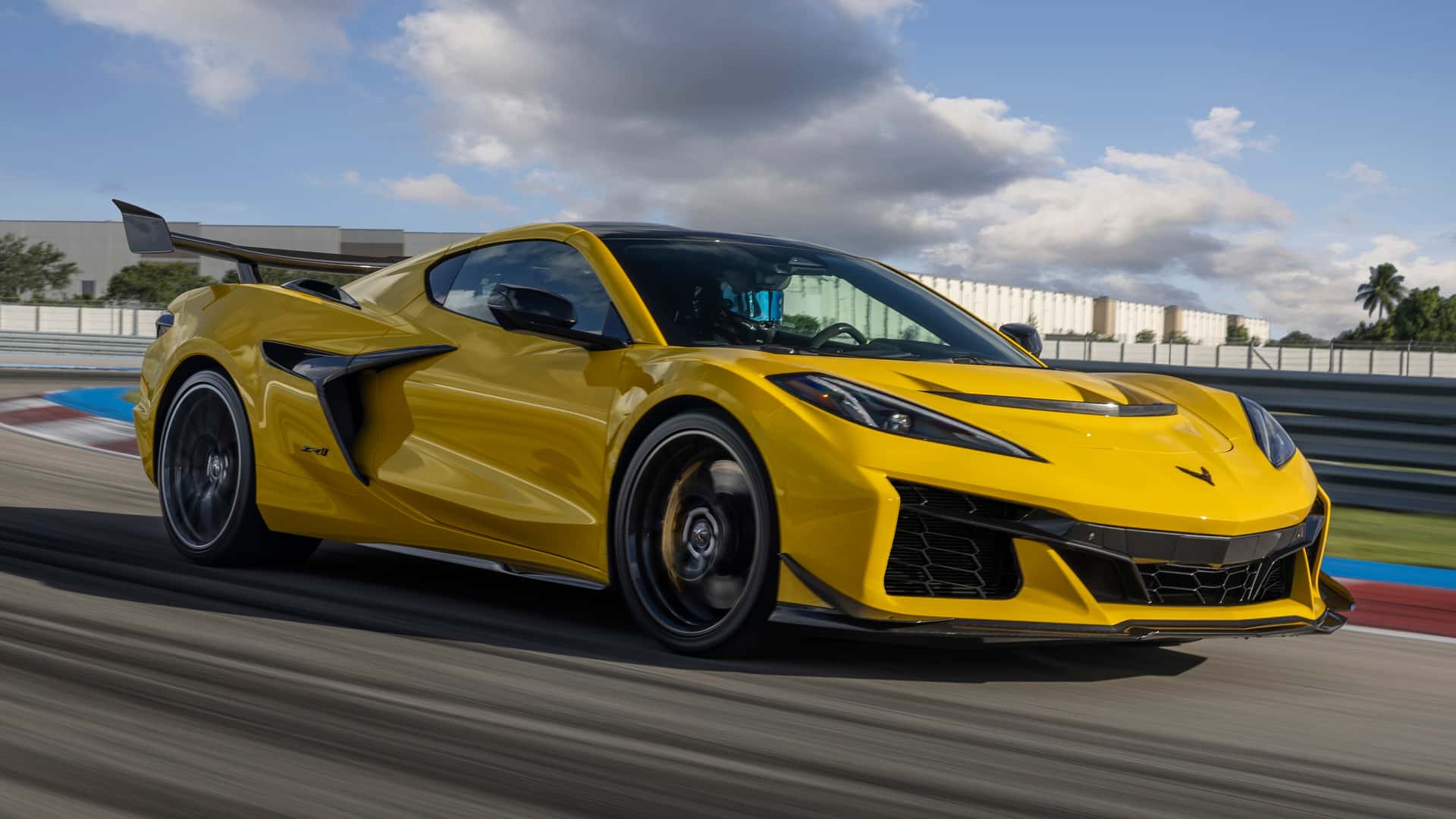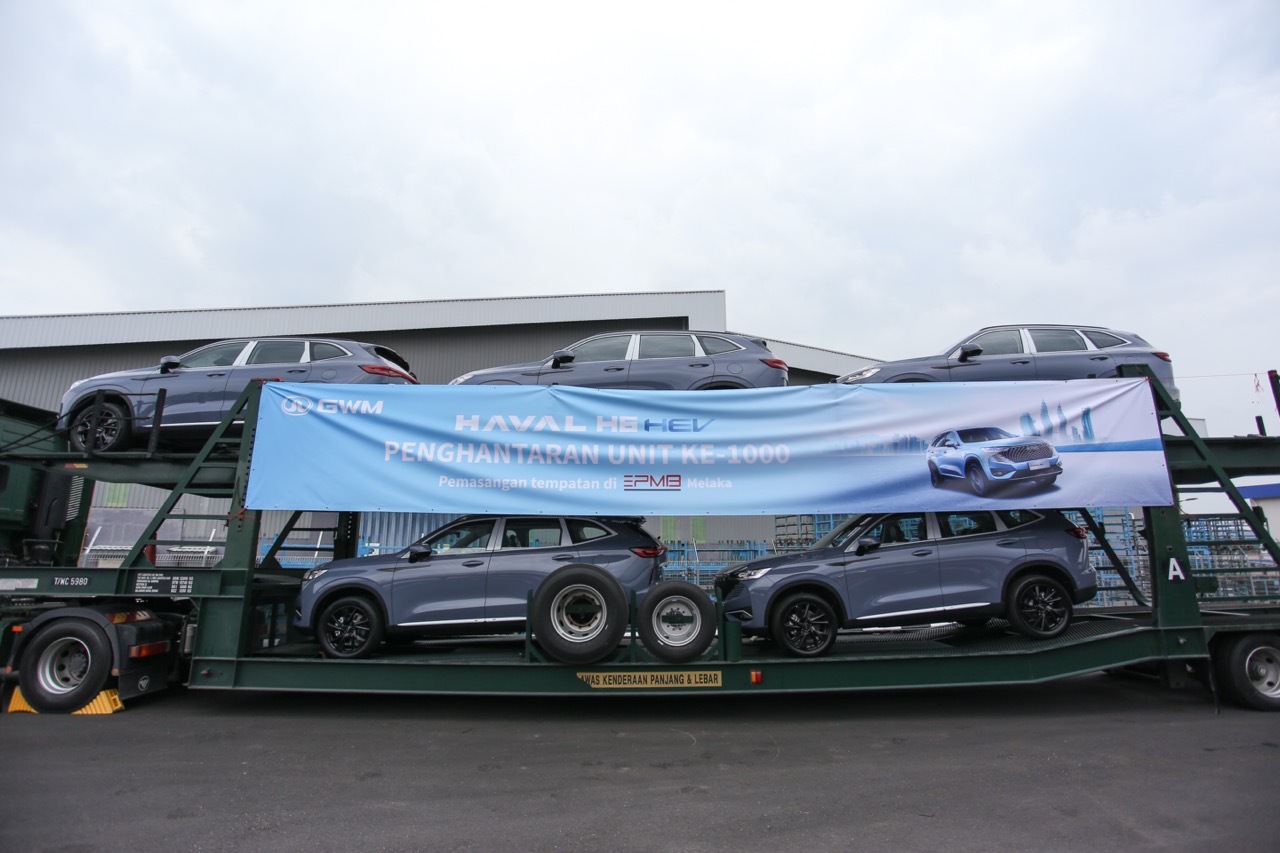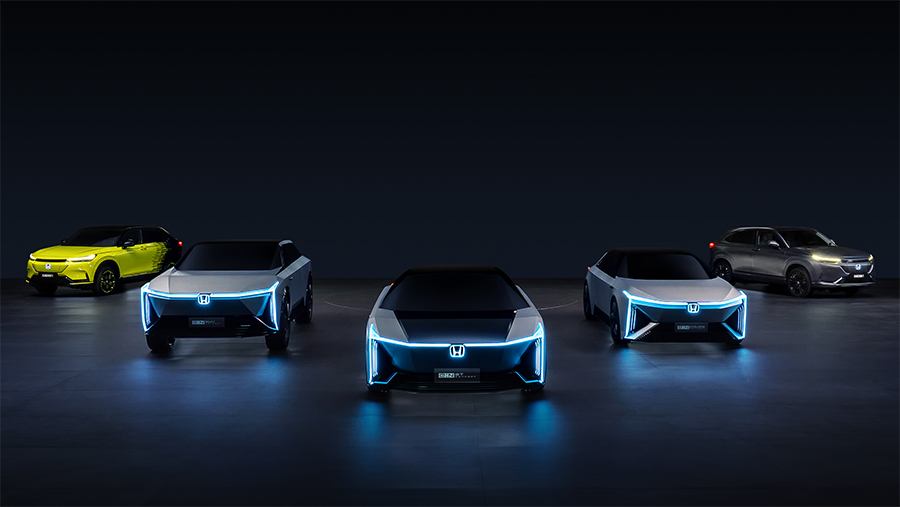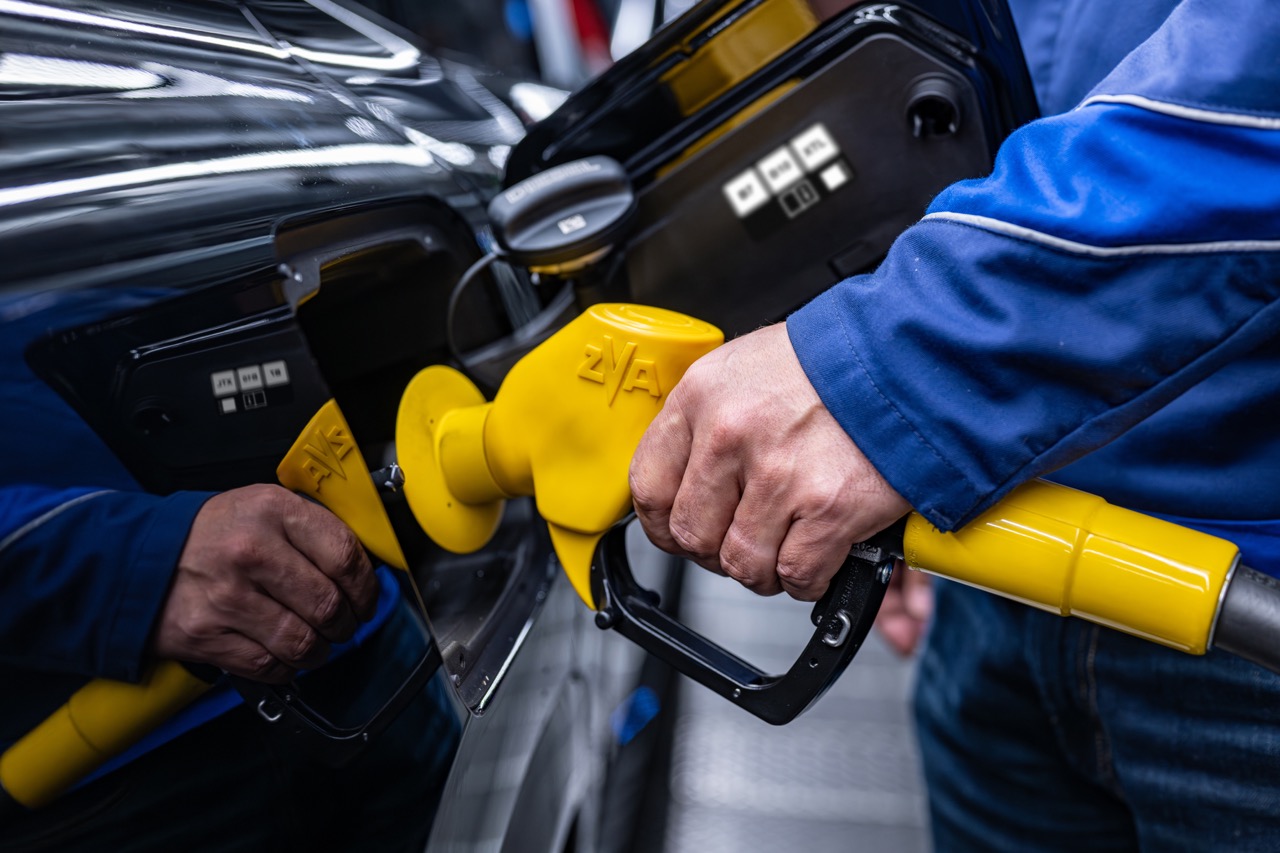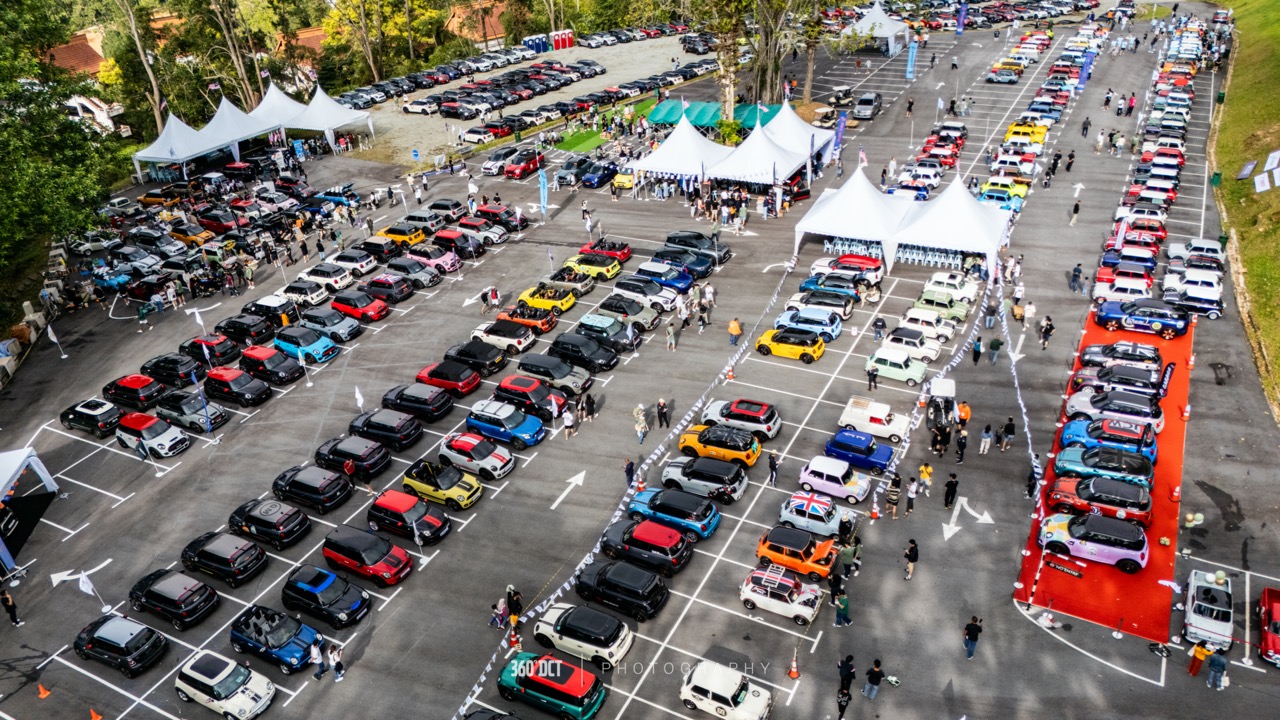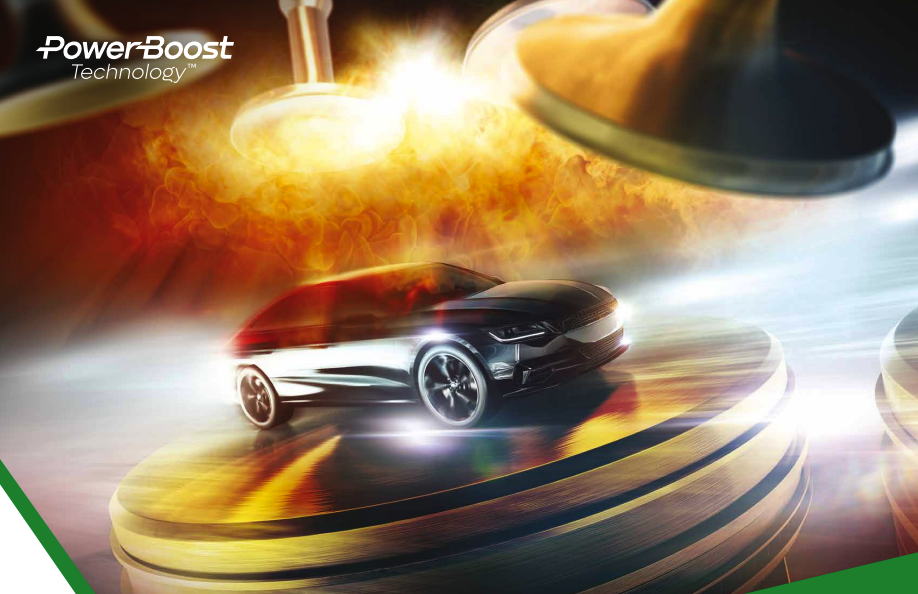Volvo Car Malaysia (VCM) closed 2022 with another record sales volume with 3,194 vehicles delivered to customers nationwide. The achievement was the seventh consecutive year of sales growth for the Swedish brand, with the 43% increase over the 2021 volume also being a record.
Around 75% of all models sold were SUVs which, like the sedans and stationwagons, were assembled locally at Volvo’s own plant in Shah Alam, Selangor. Some of the output from this plant also goes to neighbouring countries as it is a regional production hub for Volvo.
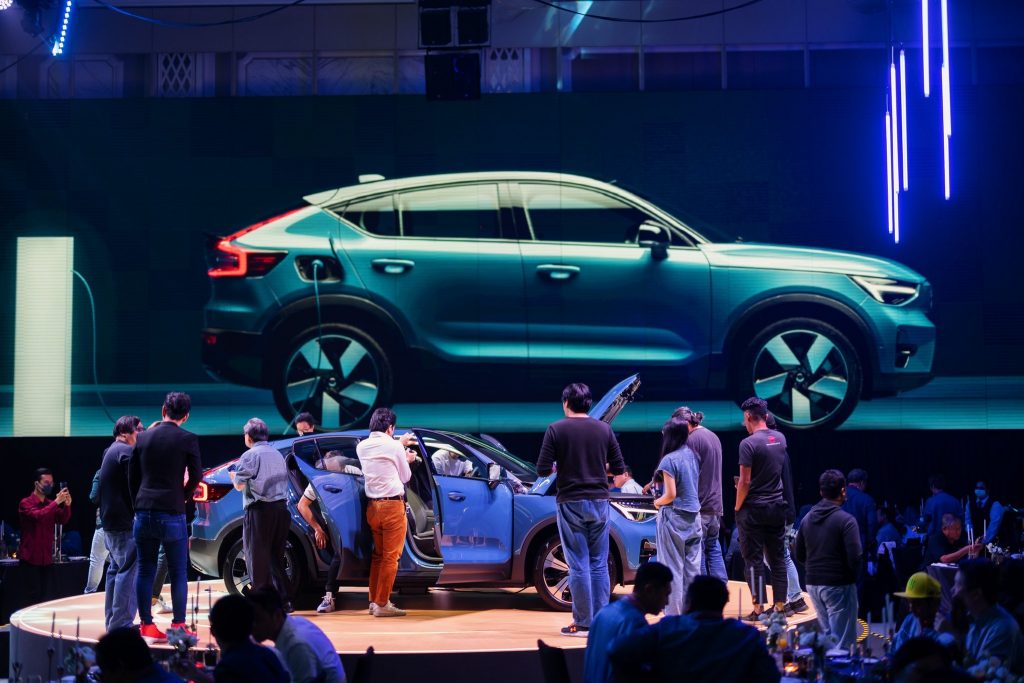
2022 was also significant for Volvo in Malaysia as it was the first brand to locally assemble a battery electric vehicle (BEV), just as it was the first brand to assemble cars in Malaysia in 1967. The first model was the XC40 Recharge Pure Electric which was launched in March, followed by the C40 Recharge Pure Electric in December.
Response to both models has been good and VCM has a backlog of orders to fulfil. For the C40 Recharge, more than 100 cars were ordered through the new online channel in the first 10 days after its launch. Vehicles ordered through the ‘Direct-to-Customer’ online channel are sold by VCM, with an authorised dealer providing supporting services (eg obtaining financing and insurance) as well as delivery.
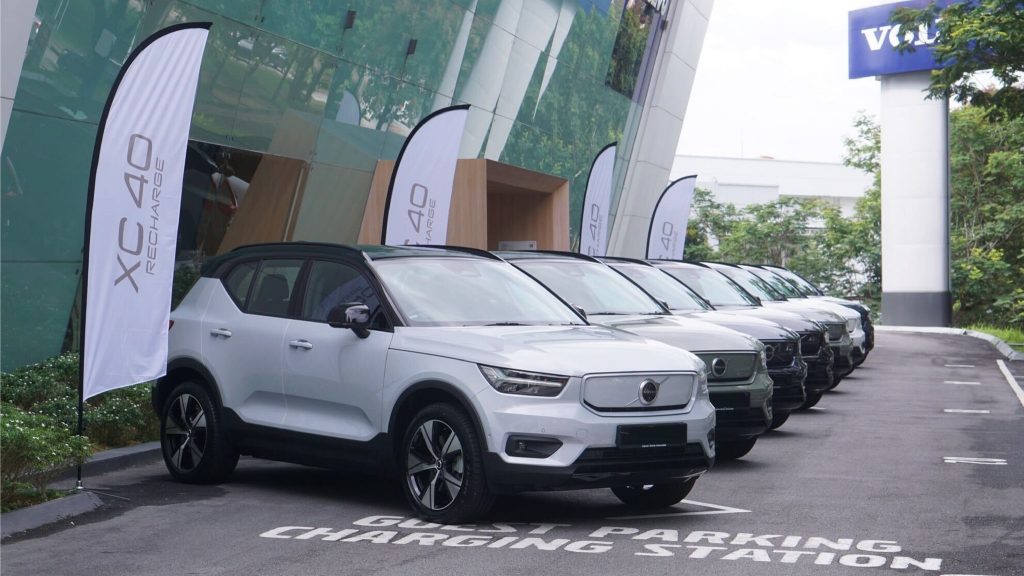
“The launches of our first two locally-assembled electric vehicles have been the catalysts of our sales growth. With an increased market share of our fully electric vehicles globally, we are optimistic the same will apply in Malaysia. In ending a successful 2022, we are excited to drive an all-electric future as we reinforce our commitment to offer Malaysians freedom to move in a personal, sustainable and safe way,” said Charles Frump, Managing Director of Volvo Car Malaysia.

When Volvo was stronger
Volvo’s ascent on the sales chart in Malaysia comes after a long period when the brand was in decline. Back in the 1980s, it was the leading European brand and reached as high as fifth position overall in 1988. Even through the first half of the 1990s, Volvo was a strong brand in the Malaysian market, selling in numbers greater than Mercedes-Benz and BMW. It was the dominant European brand (Ford being regarded as American) after the French makes dwindled away.
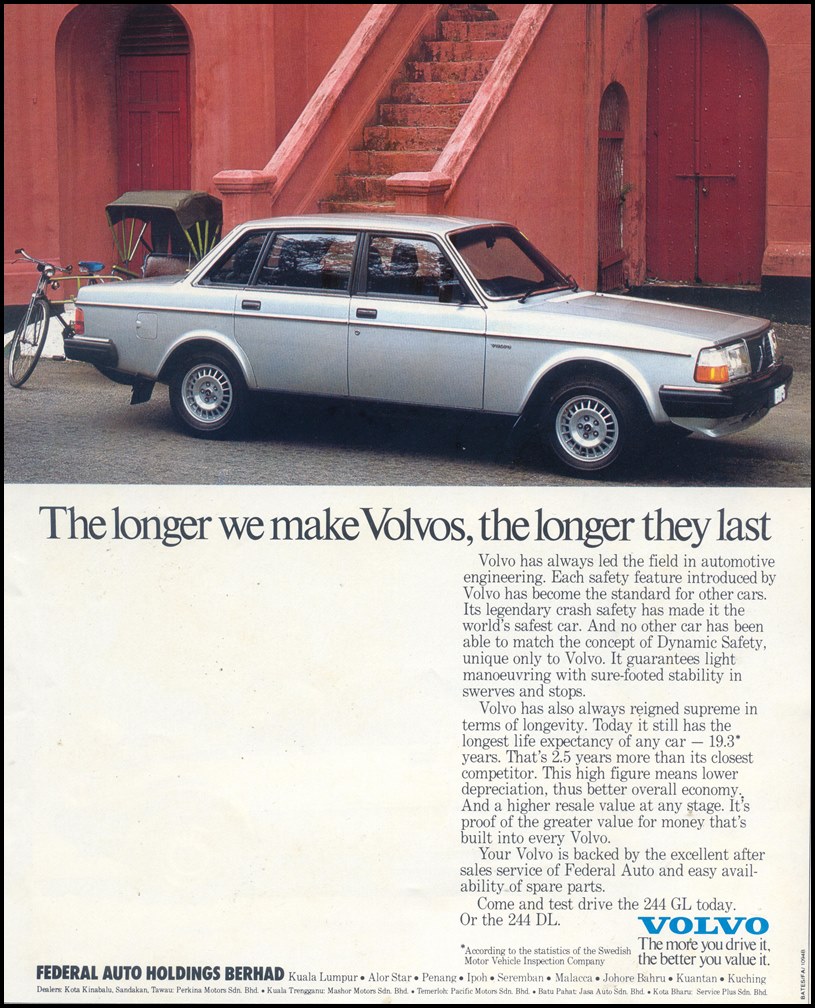
However, in the late 1990s, Volvo’s strategy also changed and it began of going after the luxury German brands and trying to price closer to them. But its product development plans were slow and before long, it lost its competitive edge. This could have been due to the distraction of the merger with Renault in the early 1990s which never happened although it did spur the company to get its act together when it realised it had to go on alone.
Product development was also constrained by funding and if you were to look at the models prior to the 850, their platforms were basically evolutionary developments of the one in the 144. The engines too were around a considerable length of time and it was only with the 850 that Volvo undertook a massive project to develop an entirely new car and engine family.

The slide downwards
Volvo was doing okay before the Asian financial crisis of 1997 but after that was over, the brand slid downwards just as Volvo Car Malaysia was established for the carmaker to be directly involved in distribution and marketing activities. But the big step upwards in pricing was a wrong move, even if models like the S80 elevated the brand image.
“In hindsight, that was probably too quick a step and we had to review our pricing in some markets in the region,” a senior Volvo executive admitted in 2007. He said it was frustrating that it cost Volvo almost as much to make a car with the same high standards of quality and safety as other premium brands. but the market just would not accept it being positioned higher price-wise. Volvo did better when they instead challenged the Japanese executive sedans like the Toyota Camry and Honda Accord.
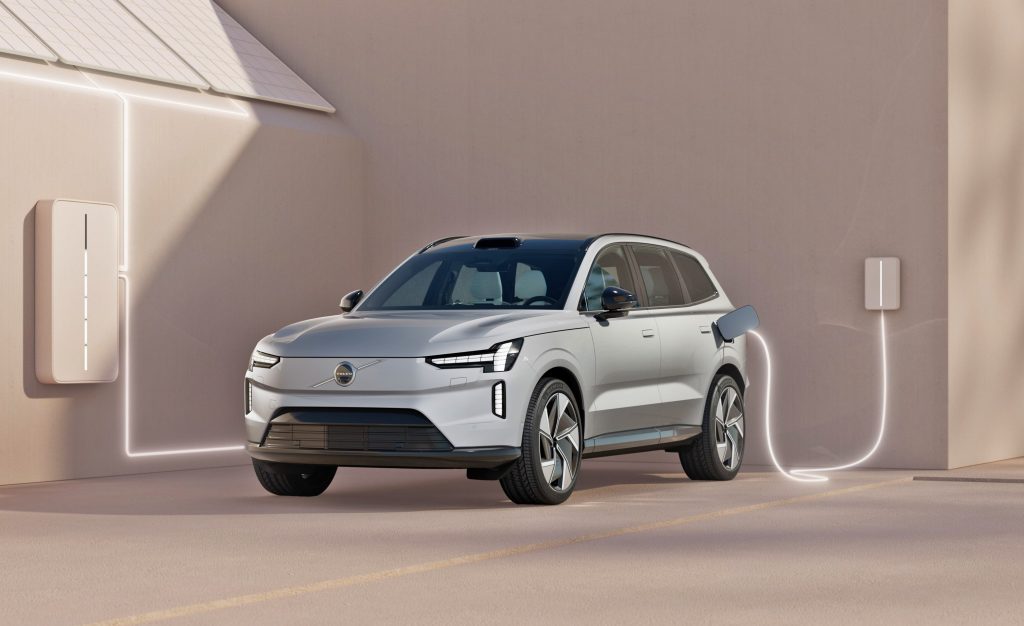
Since being acquired by the Geely Group in 2010, Volvo’s fortunes have changed and it has been able to move upwards into the premium luxury segment. It has boldly charted a course that commits to full electrification by the end of this decade. This year, there should no longer be models with combustion engine-only powertrains and every model will be powered by either a mild-hybrid, plug-in hybrid or all-electric powertrain.






